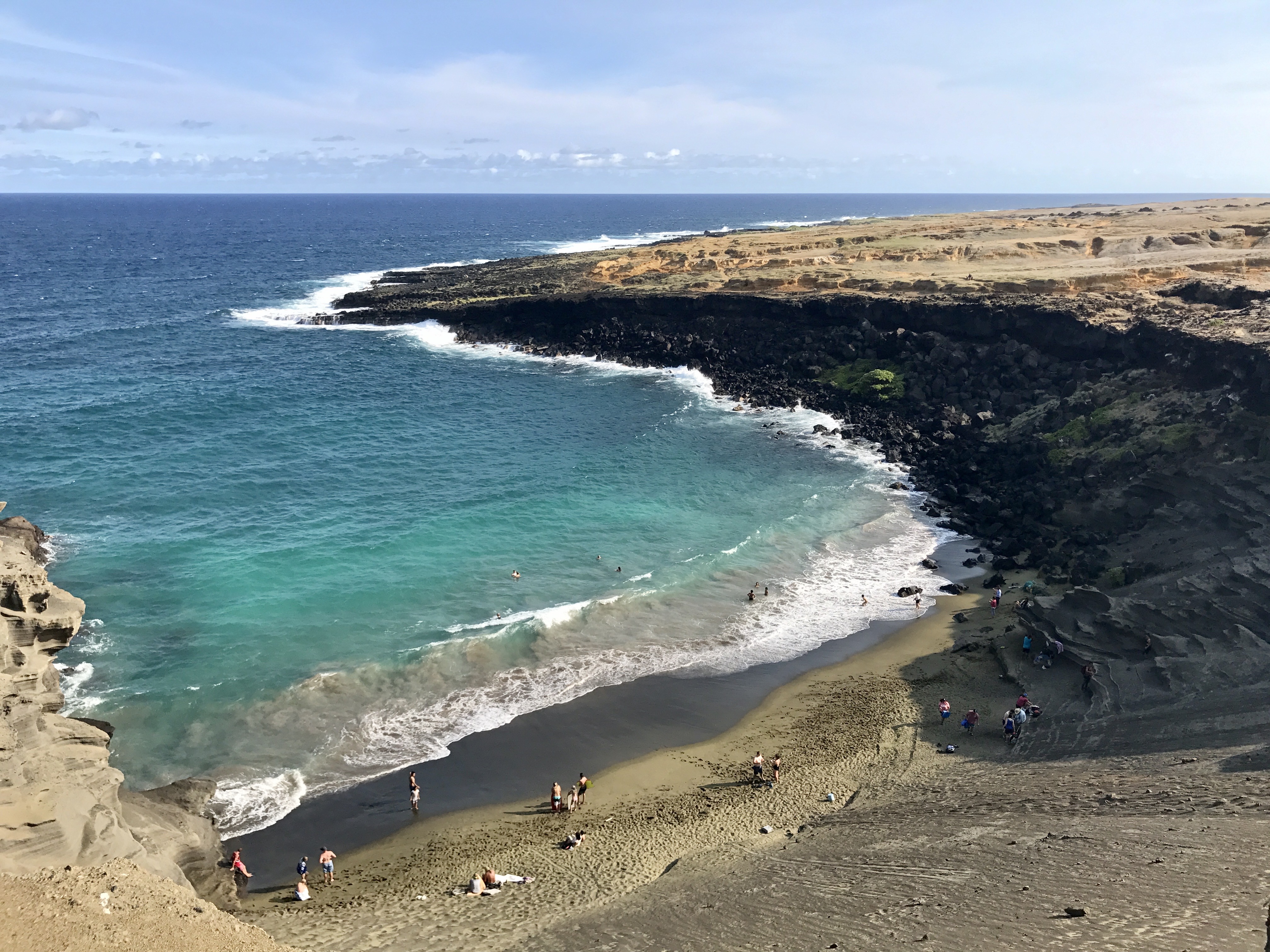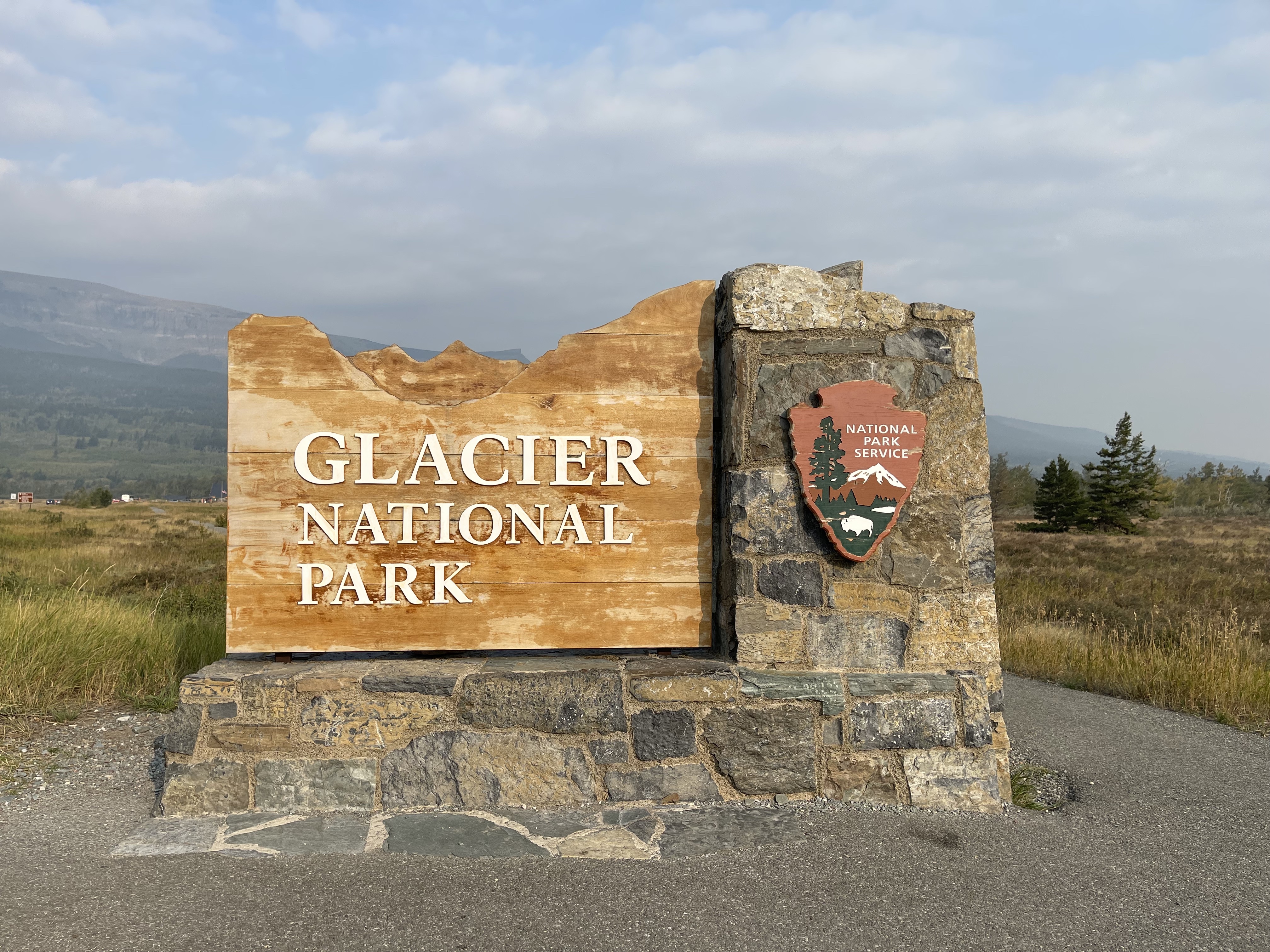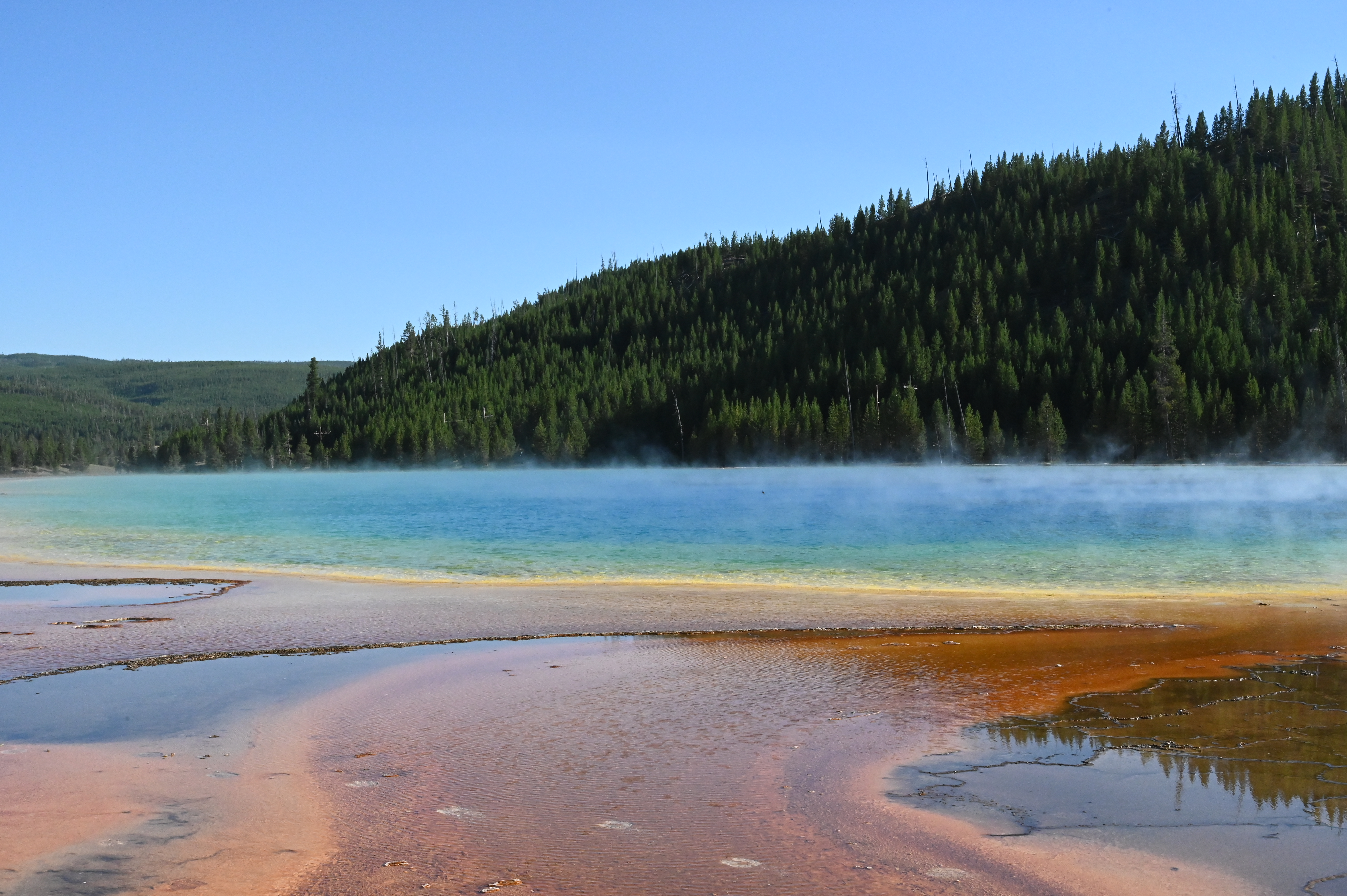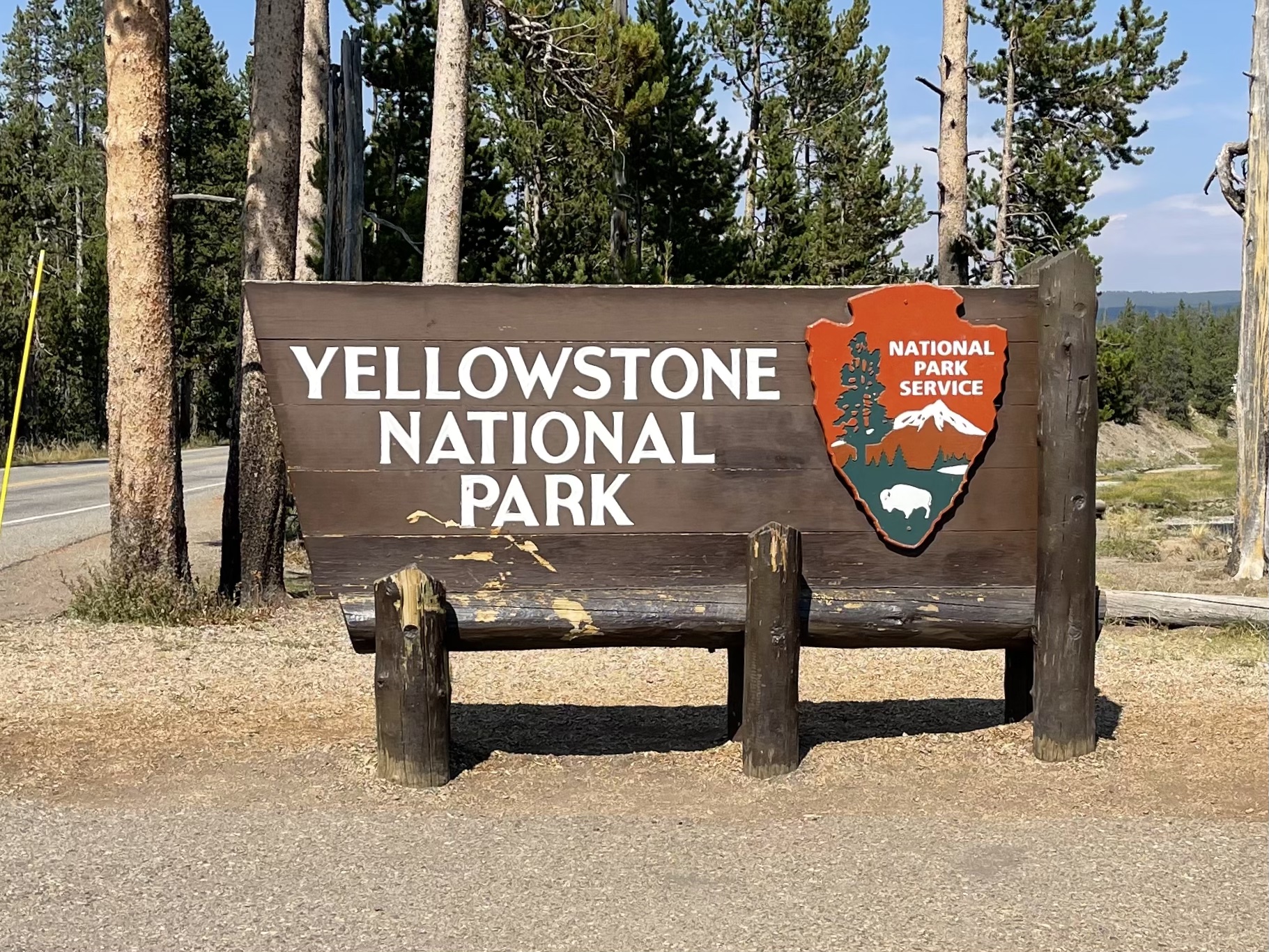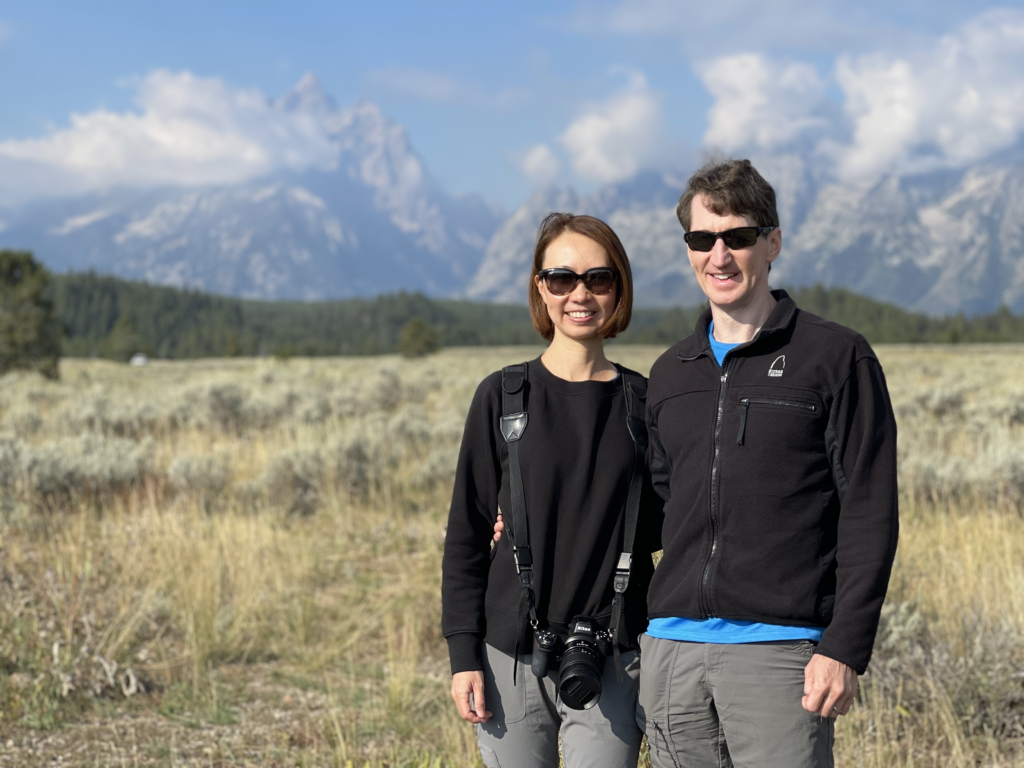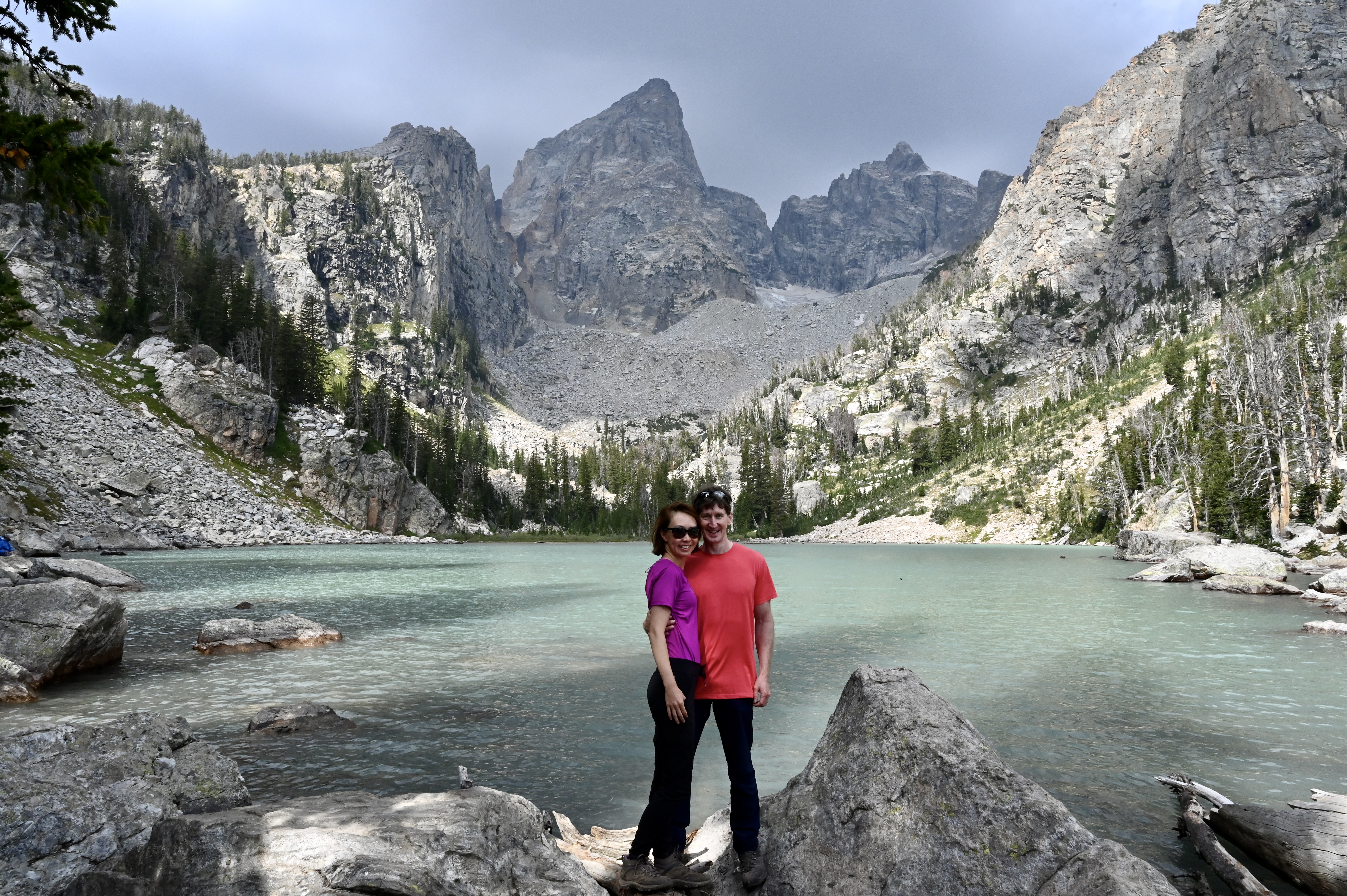Hawaii is located in the Pacific Ocean. It is the only island state and the only U.S. state located outside North America. Hawaii has 137 islands in total, spanning over 1,500 miles. The State of Hawaii has very rich and varied natural landscapes, including volcanoes, mountains, rain forests, and an abundance of stunning beaches.
The tropical climate, soft sandy beaches and crystal clear water, national parks with lush rain forests and active volcanoes, and the bewitching mix of cultures from West to East make Hawaii a dream destination for every travel aficionado.
The Big Island of Hawaii, also called Hawai’i Island, is one of the most popular islands of Hawaii for visitors, attracting over 1.6 million travelers every year. On the big Island, there is plenty of natural scenery and numerous lovely beaches to explore.
The Big Island encompasses six regions: Kailua, Kona, Hilo, Puna, Kohala, and Hamakua Coast. The Kailua-Kona area is where most visitors stay in on the Big Island. The Kailua-Kona area is located on the western side of the Big Island with fantastic tropical weather, plenty of choices for accommodation and dinning, abundant shopping, and beautiful sandy beaches. Hilo and Puna regions are on the eastern side of the island, where the Hawaii Volcanoes National Park is located.
If this is your first time visiting the Big Island of Hawaii, below are the most popular places that you would want to explore.
1. Hawaii Volcanoes National Park
Hawaii Volcanoes National Park is located on the southeastern side of the Big Island. The park encompasses more than 300,000 acres from the summit of Mauna Loa to the sea, including around 150 miles of hiking trails through volcanic craters, scalded deserts and rain forests.
Hawaii Volcanoes National Park is home to two volcanoes: Kilauea, one of the most active volcanoes on earth, and Mauna Loa, the world’s most massive shield volcano.
Kilauea is famous for being the only drive-in volcano in the world. You can enjoy the Crater Rim Drive which is a 10.6-mile drive that circles the Kilauea Caldera to get as close as possible to admire the power of the volcano. On the loop, you will stop at the park’s main attractions: the Puu Puai Overlook, Devastation Trail, and Kilauea Iki Crater Overlook.
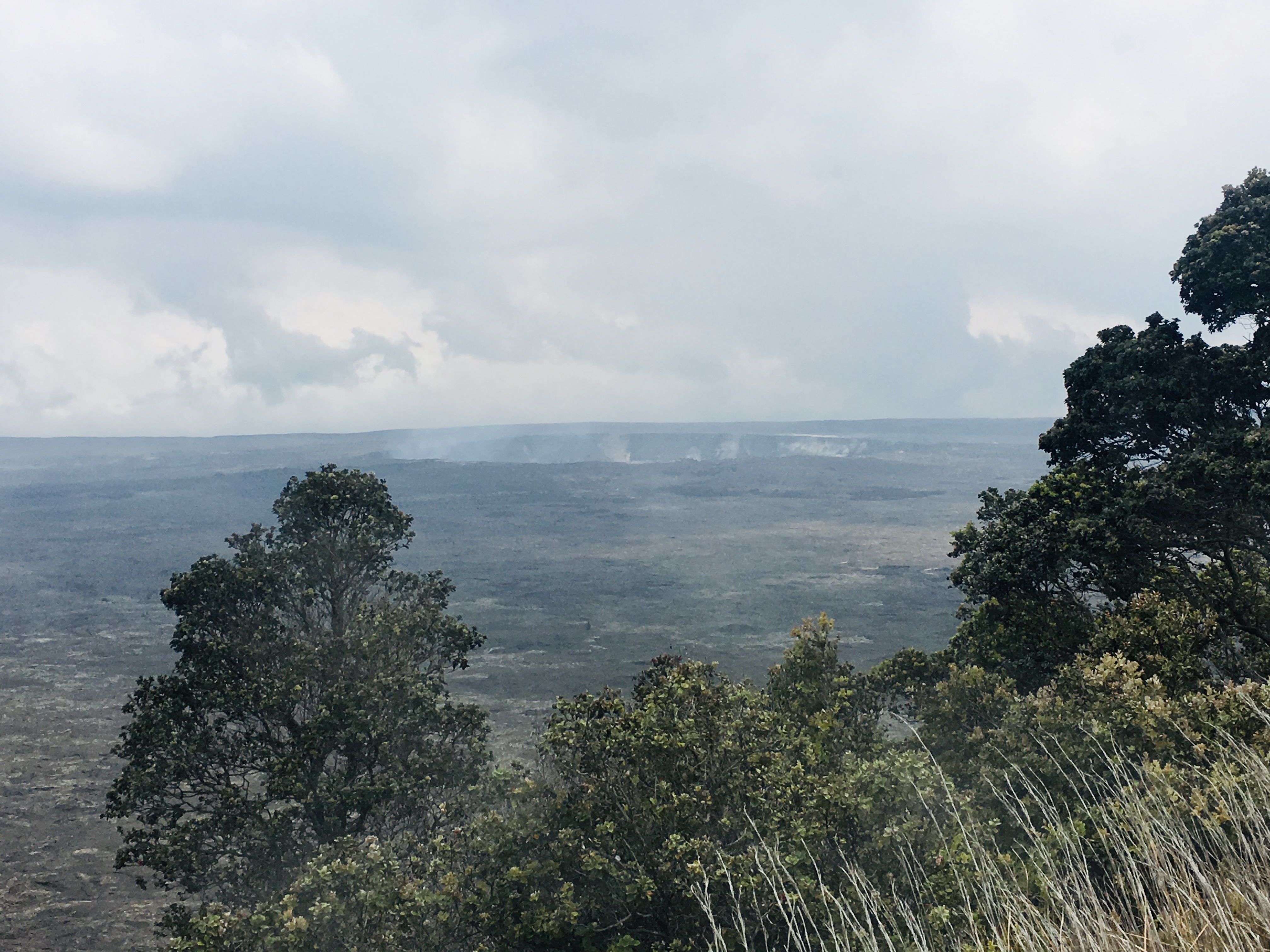


6 Classic Easy Trails for Visitors in Hawaii Volcanoes National Park
- Steam Vents
The steam vents are located 0.8 miles from the Kilauea Visitor Center. Here you can get close enough to see the volcanic steam coming out of the ground and to smell the sulfur in the air.
2. Tomas A. Jaggar Museum
Sadly, the Tomas A. Jaggar Museum was permanently closed in 2019 due to the instability of where the museum is located.
3. Thurston Lava Tube
The Thurston Lava Tube is a short but interesting trail in a cave-like underground tube through lave rock. Standing in the tube, looking out the exit, you will see the rain forest with many large tree ferns.
4. Sulphur Banks
The Sulphur Banks trail is 1 mile (1.6 km) round trip, which is fairly easy for hikers. You will see many volcanic gases seep out of the ground, gaping cracks, and yellow minerals deposits.
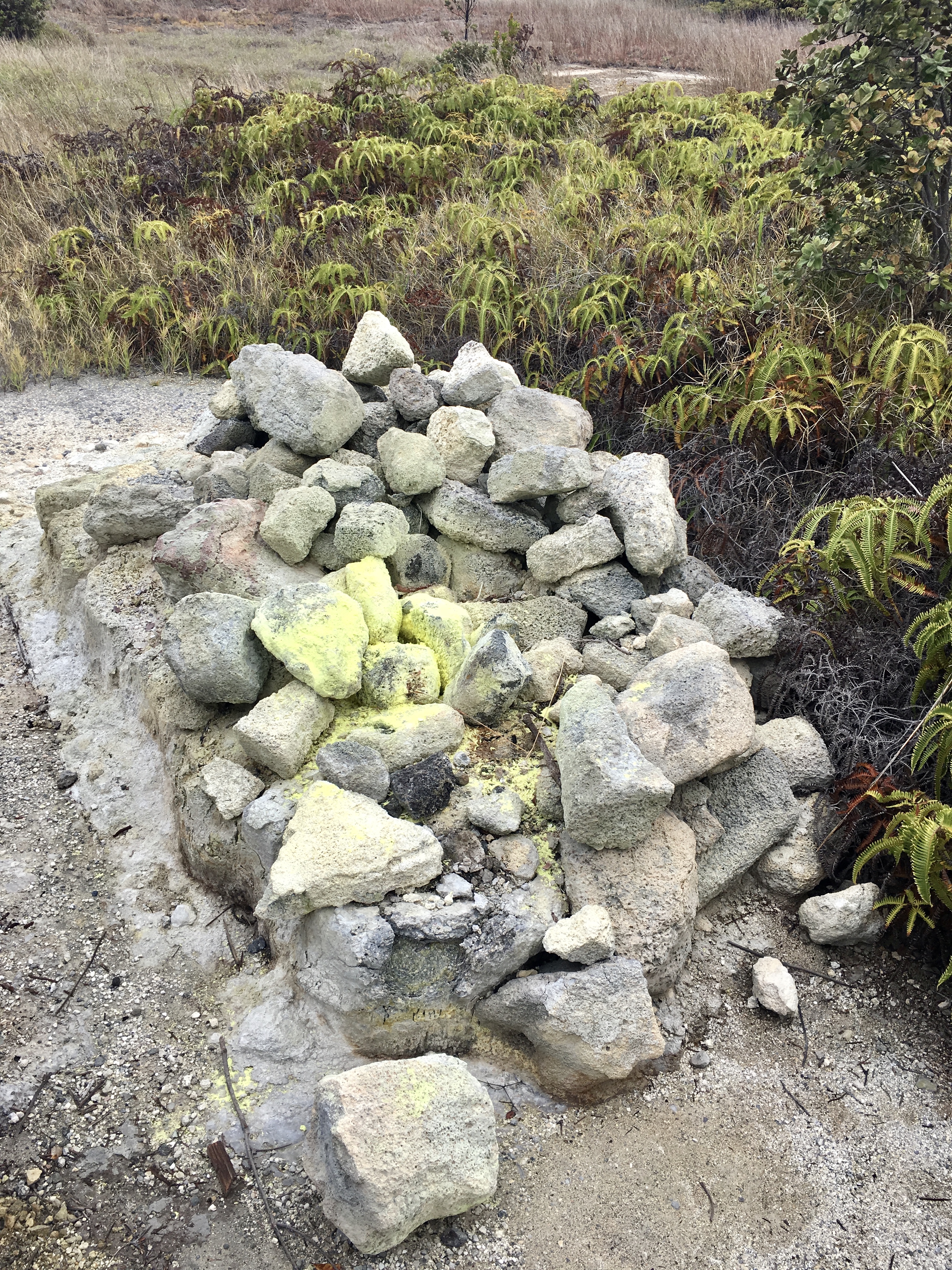
5. Kilauea Iki Overlook
Compared with other trails, the trail to the Kilauea Iki Overlook is longer. It is 4 miles (6.5 km) round trip. The trail takes you down into the Kilauea’iki crater across the caldera floor which was formed 50 years ago.
6. Devastation Trail
The Devastation Trail is 1-mile round trip and paved. The trail leads you through the cinder outfall of the 1959 eruption of Kilauea Iki.
Tips for visiting Hawaii Volcanoes National Parks
- Follow the trail paths to ensure your safety
- Pack enough water and snacks
- Wear comfortable hiking boots
2. Punalu’u Beach – Black Sand Beach
Punalu’u beach, also known as Black Sand Beach by many travelers, is the most expansive and easily accessible black sand beach on the Big Island. The Punalu’u beach is located close to the Hawaii Volcanoes National Park. The Punalu’u is a quiet place with fine black sands. The black sands are made of basalt. Relax a bit, soak up some sunshine on the soft black sands, and wait for the sea turtles to come. The shallow water area at the Punalu’u is quite rocky and has strong currents, so you need to be very careful if you are going to swim in water.
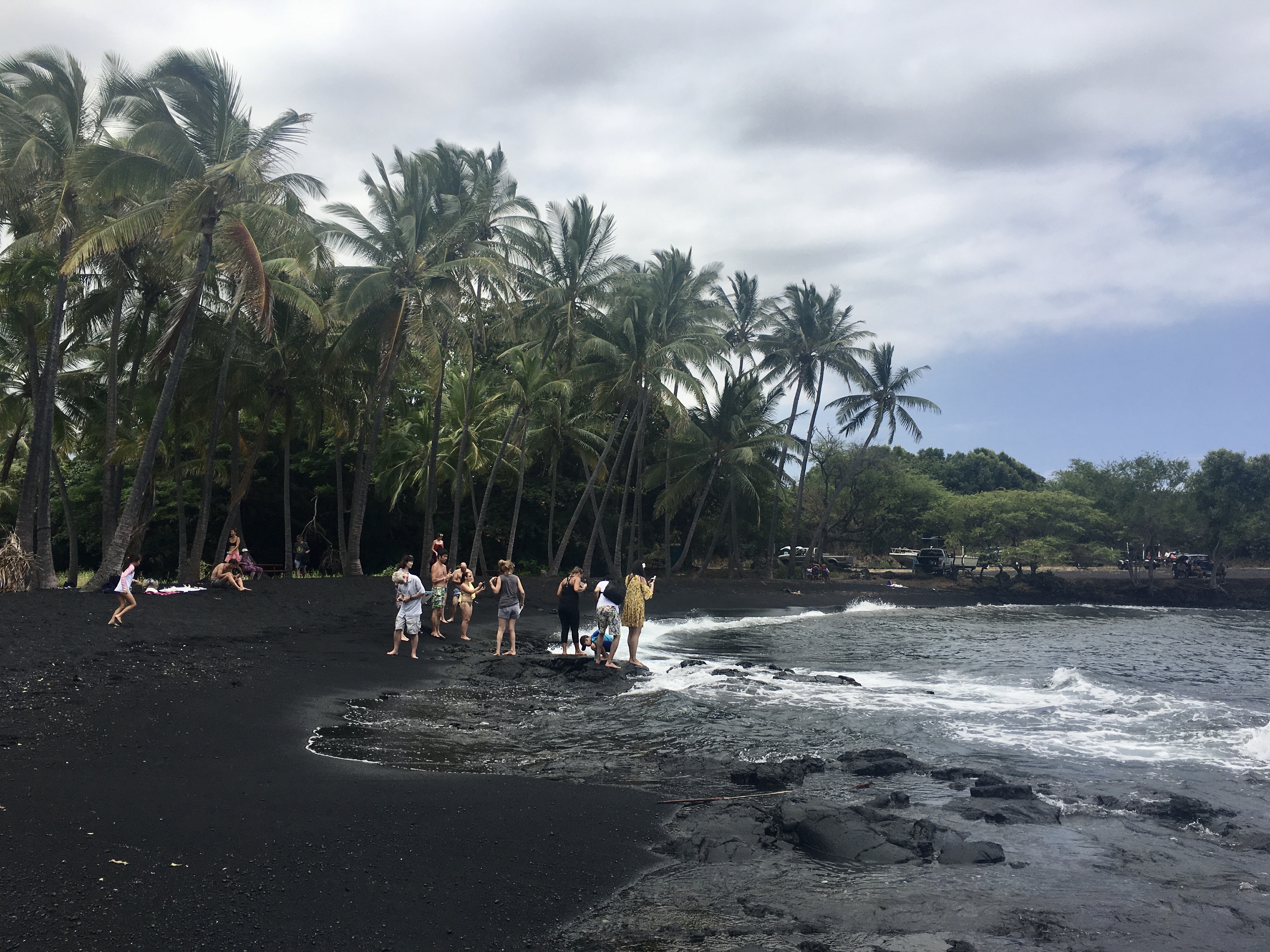

Tips for Visiting the Punalu’u Black Sand Beach
The Punalu’u black sand beach is located in Hilo region, a drive of about two hours one way from the Kailua-Kona area. If you stay on the western side of the island, you can combine the Hawaii Volcanoes National Park and the Punalu’u Beach in one trip.
3. Papakolea Green Sand Beach
The Papakolea Green Sand Beach is a stunning, quiet and unique beach, and it is one of the only two green sand beaches in the United States. The greenness of the sand comes from the glassy crystal olivine which makes up most of the sand on Papakolea beach. However, the green sand beach is probably the hardest beach to access on the Big Island. The trail to the beach is fairly long, approximately 5 miles round trip, and very rough for either hiking or driving. But, once you get there, the payoffs are great! The beach gives you a unique and unforgettable memory.
The secluded green sand beach is finally accessible by a steep path down through the lava rocks. Because of its remoteness, the beach is quiet and enjoyable for sunbathing. The water in the bay is calm and crystal clear for swimming and snorkeling. Be sure to leave enough time to visit the green sand beach and pack enough water, snacks, and swimming and snorkeling gear. There are no rental shops around.

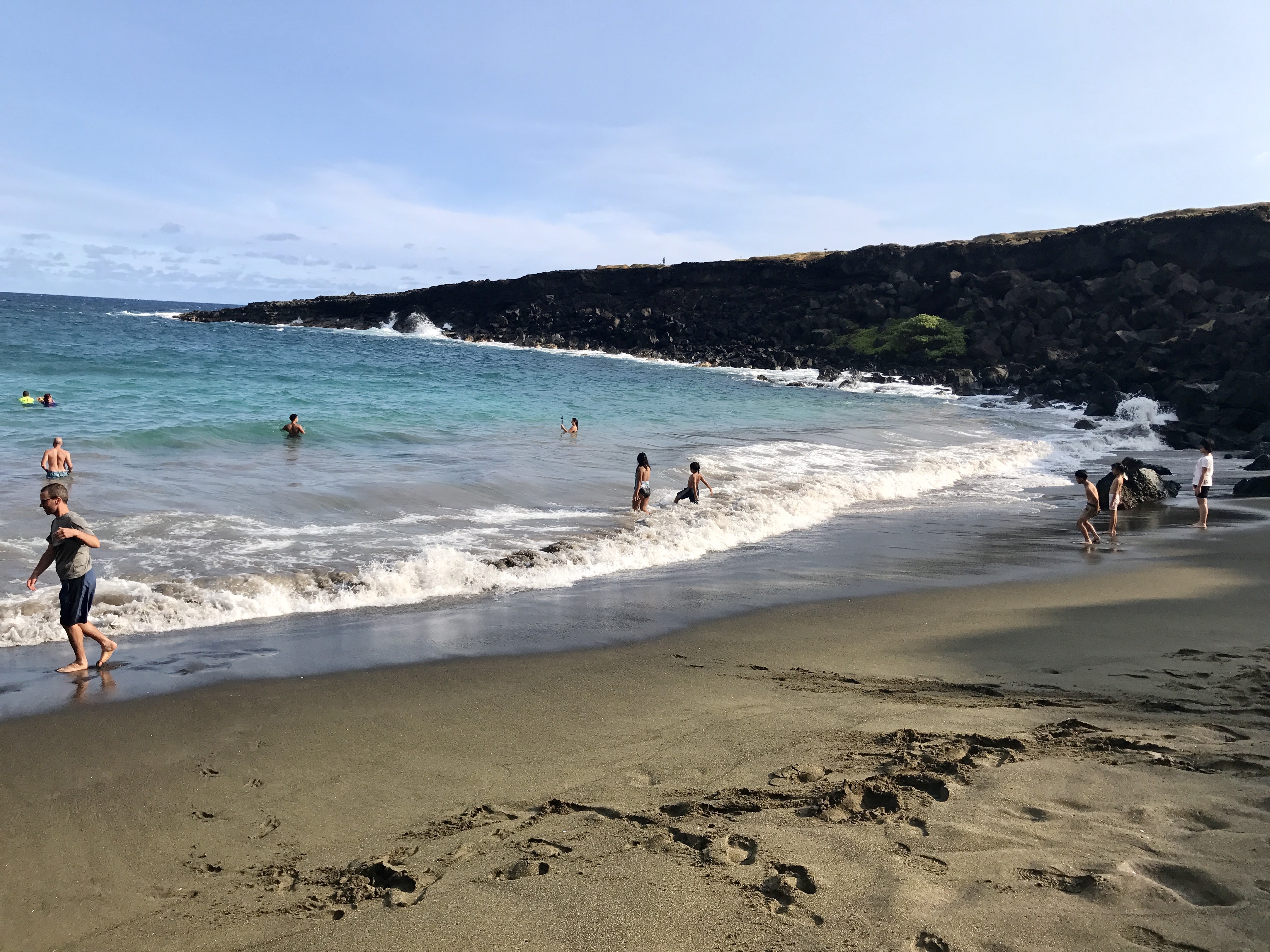
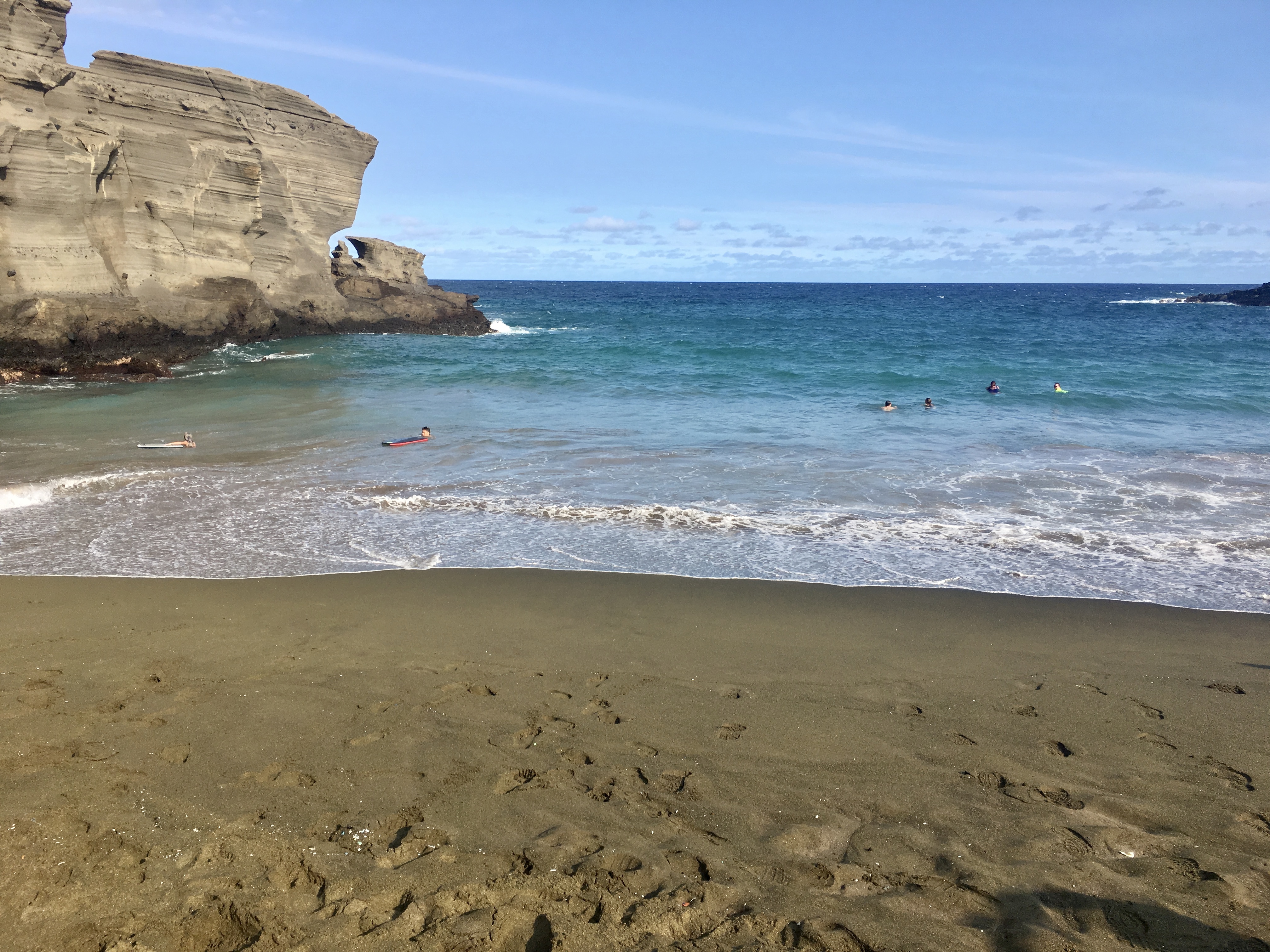
Three Ways to Access the Green Sand Beach
- Drive a 4X4 rental car: if you plan to do so, check with your car rental agency in advance to understand the specific policy
- Hike around 5 miles round trip: make sure you pack plenty of water and snacks
- Take a ride with locals for a small price

4. Mauna Kea
Mauna Kea is a dormant volcano on the Big Island. The summit of Mauna Kea is 13,803 ft, approximately 4207.3 m, above sea level, making it the highest point in the state of Hawaii.
Mauna Kea is one of the only mountains in the world where you can drive from sea level to the summit. The road to Mauna Kea is a paved driveway until you reach the Mauna Kea Visitor Information Station, at 9,200 ft. The road beyond the Visitor Information Station to the summit is rough and requires a proper vehicle for your safety. If you plan to drive to the summit on your own, check here for detailed information about the vehicle condition requirement and health considerations. Plus, be sure to stop at the Information Station to get the updated weather conditions, forecast, and safety information. If you don’t feel comfortable driving to the summit on your own, there are guided tours available that take you to the summit to witness an epic sunset and come back to the Visitor Information Station for a stargazing experience. Check the details here.
The station offers different programs that allow visitors to access to astronomical telescopes for viewing the sun or the stars.
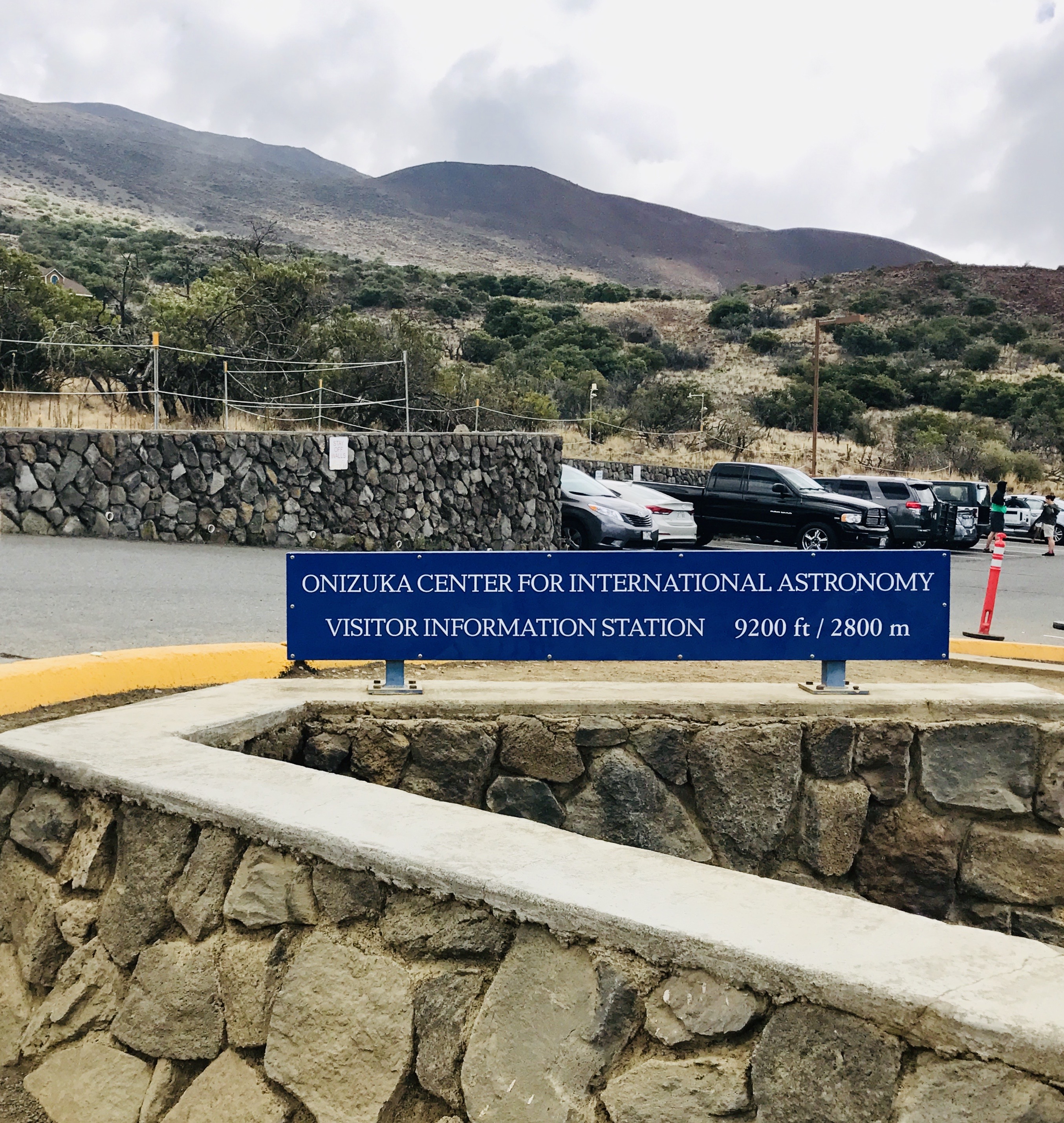
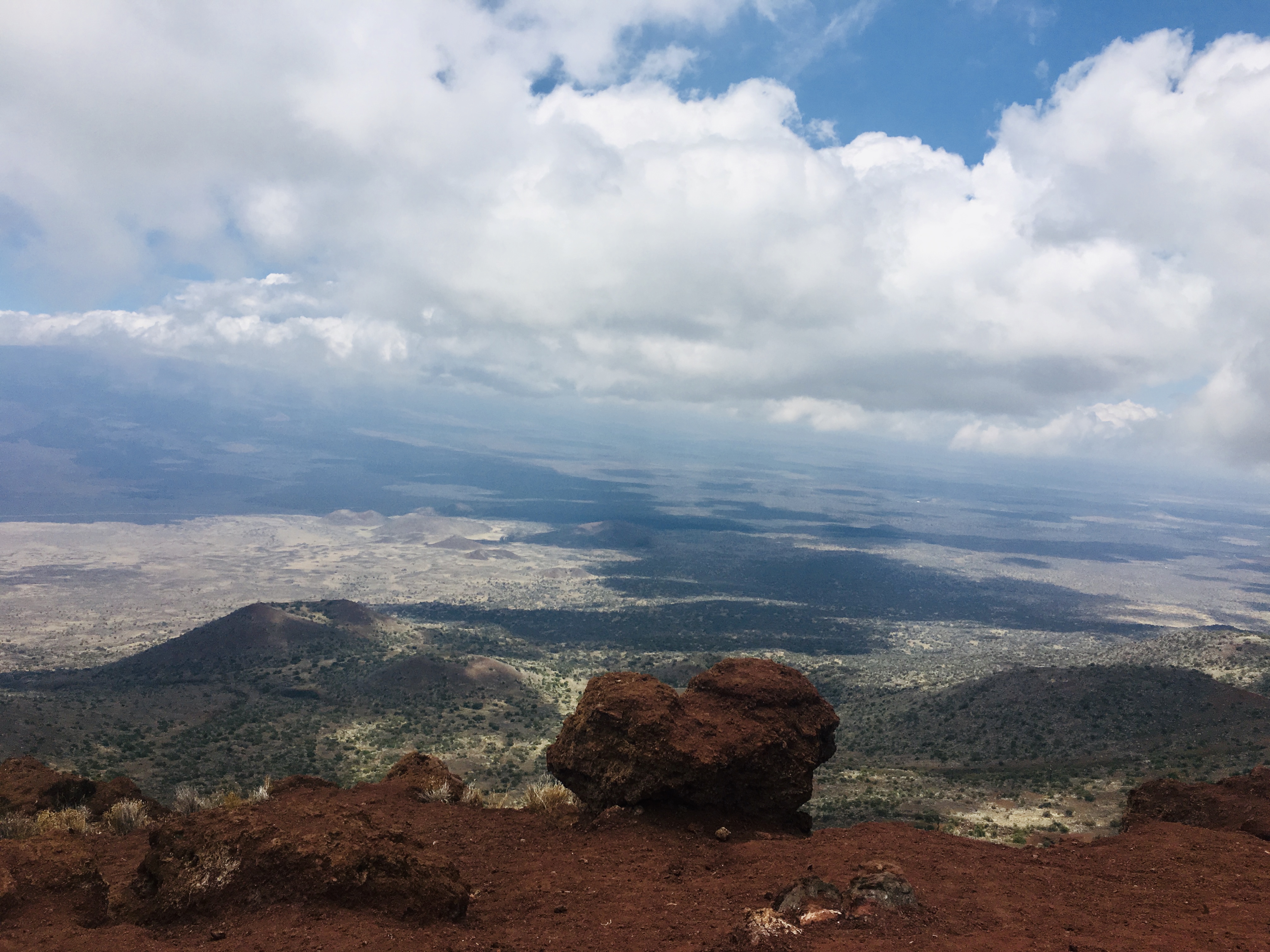
Tips for Visiting Mauna Kea
- Drive a 4X4 rental car with low range (D3 gear): check the rental car insurance policy if you plan to drive to the summit on your own
- Bring a light warm jacket: it is much cooler on the top of the mountain
- Wear comfortable hiking boots
- Pack plenty of water and snacks
5. Hapuna Beach
Hapuna Beach is located in the south Kohala region and is easy to reach from Kailua-Kona. It is the largest white sand beach on the Big Island. Hapuna is a beautiful and relaxing beach with expansive flat areas of fine white sand. It is a great place for a large group of people playing beach volleyball and other beach activities. The sands of Hapuna beach are very soft and clean, and the water is crystal clear and suitable for all kinds of water activities, such as swimming, bodyboarding, and snorkeling. Food, drinks, and gear rental are available on the park premises. With all the great features it has, the Hapuna beach is known as one of the finest beaches on the Big Island.
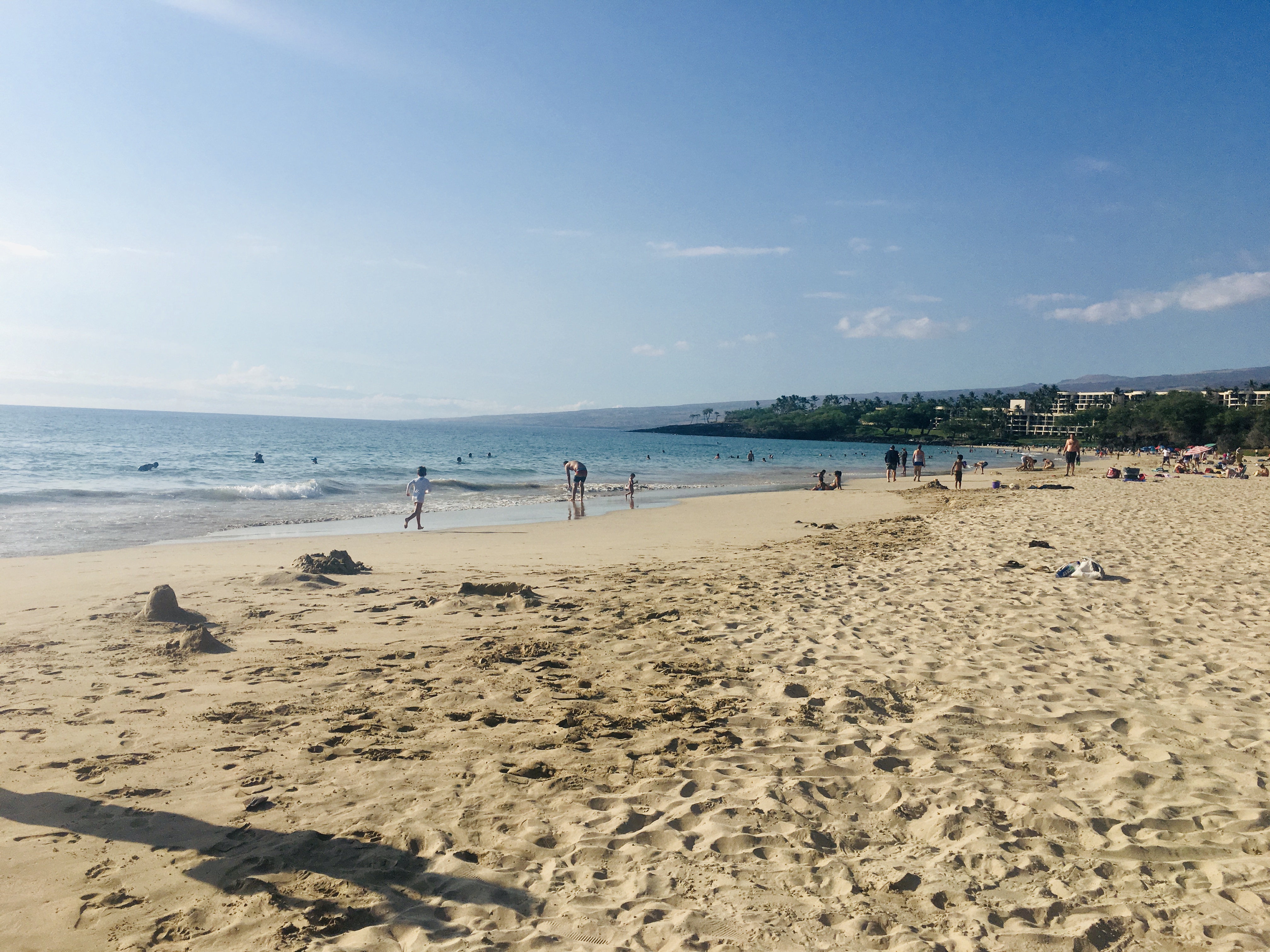
6. Kamakahonu Beach
The Kamakahonu beach is located in the Kona area, close to the King Kamehameha Kona Beach Hotel. The Kamakahonu beach is known as the “Children’s Beach” by locals for the gentle waves and shallow calm water. It is a relatively small, quiet beach that is a very nice place for families with young children. The beach is very sheltered, and the calm water here is perfect for swimming, snorkeling, and kayaking.
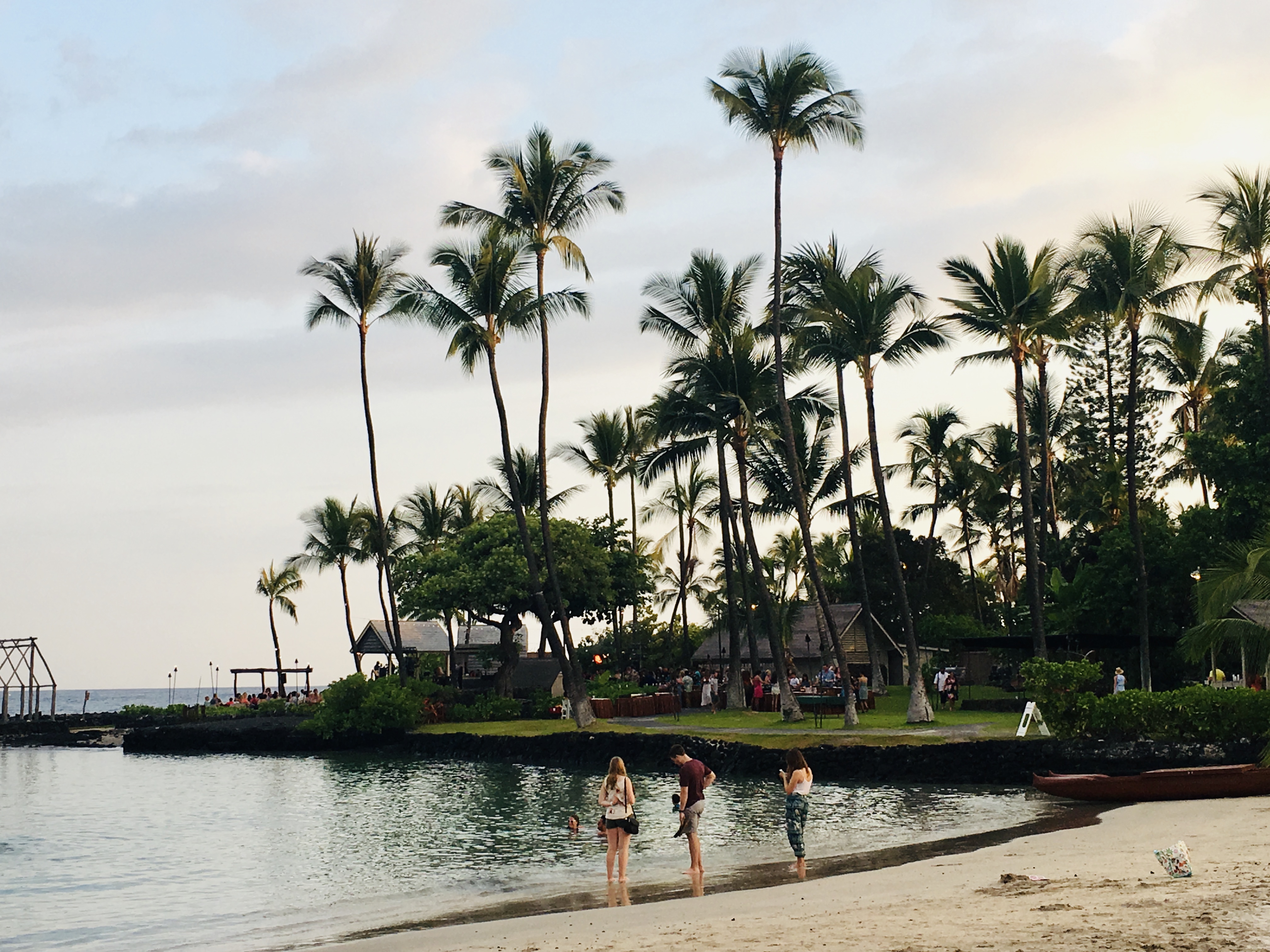
7. Kailua Pier
Kailua Pier is located in the Kona region. The Kailua Pier is famous for the manta rays that swim in the water of the bay here. The best experience you can have with the manta rays is to swim with them. If you are a certified scuba diver, you can enjoy diving in the bay and dancing with the manta rays. The water is super clear, so even if you are just going to snorkel, you may get lucky and witness a manta ray swimming by.
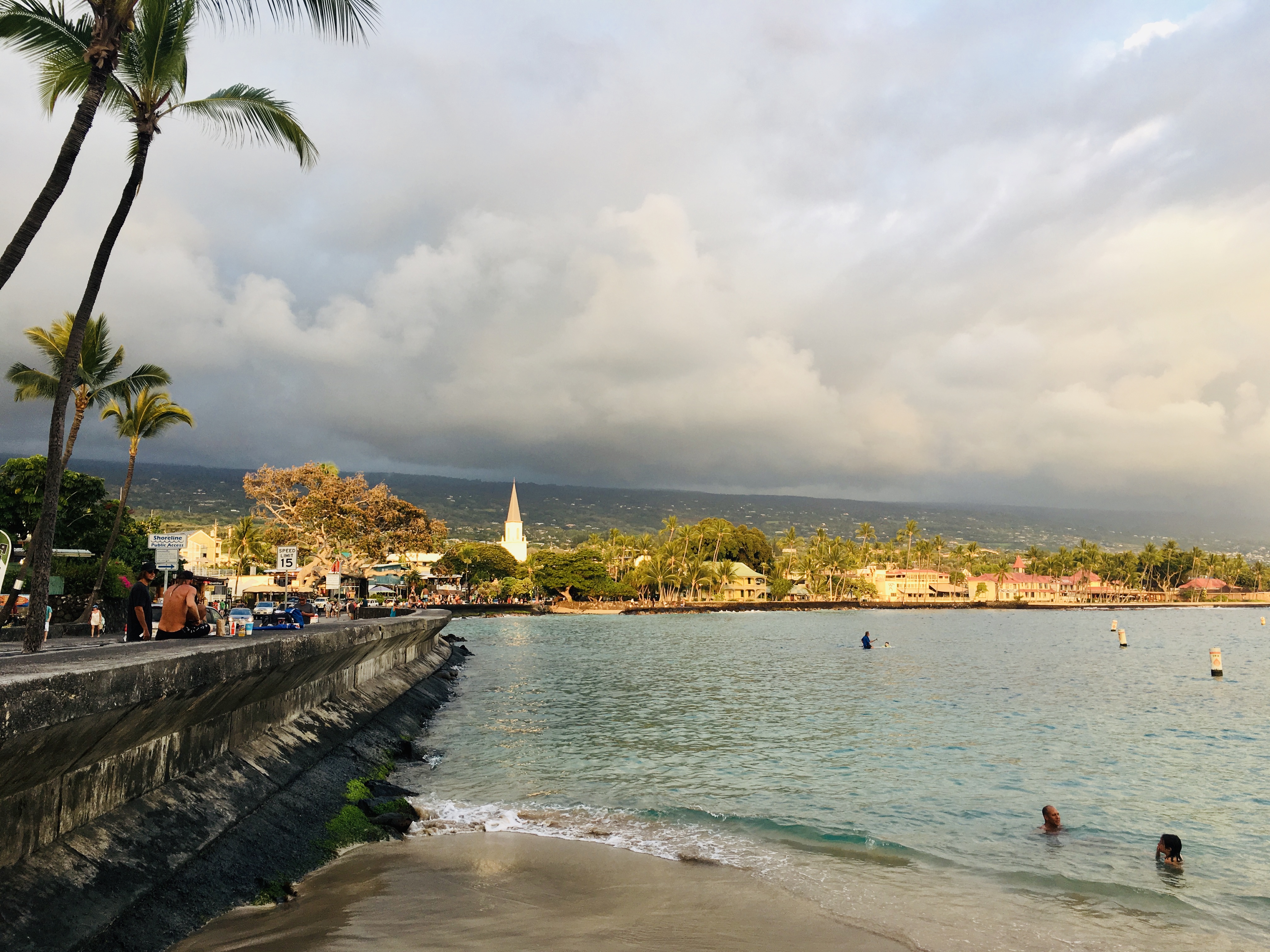
8. Manini’owali Beach
Manini’owali Beach is located to the north of the Kona area in the Kua Bay. It is my favorite white sand beach on the Big Island. The sands of Manini’owali Beach are super soft and clean with a beautiful white color. The water here is crystal clear with wide shallow areas that shine with iridescent colors from green to blue. The water is calm enough for all kinds of water activities.
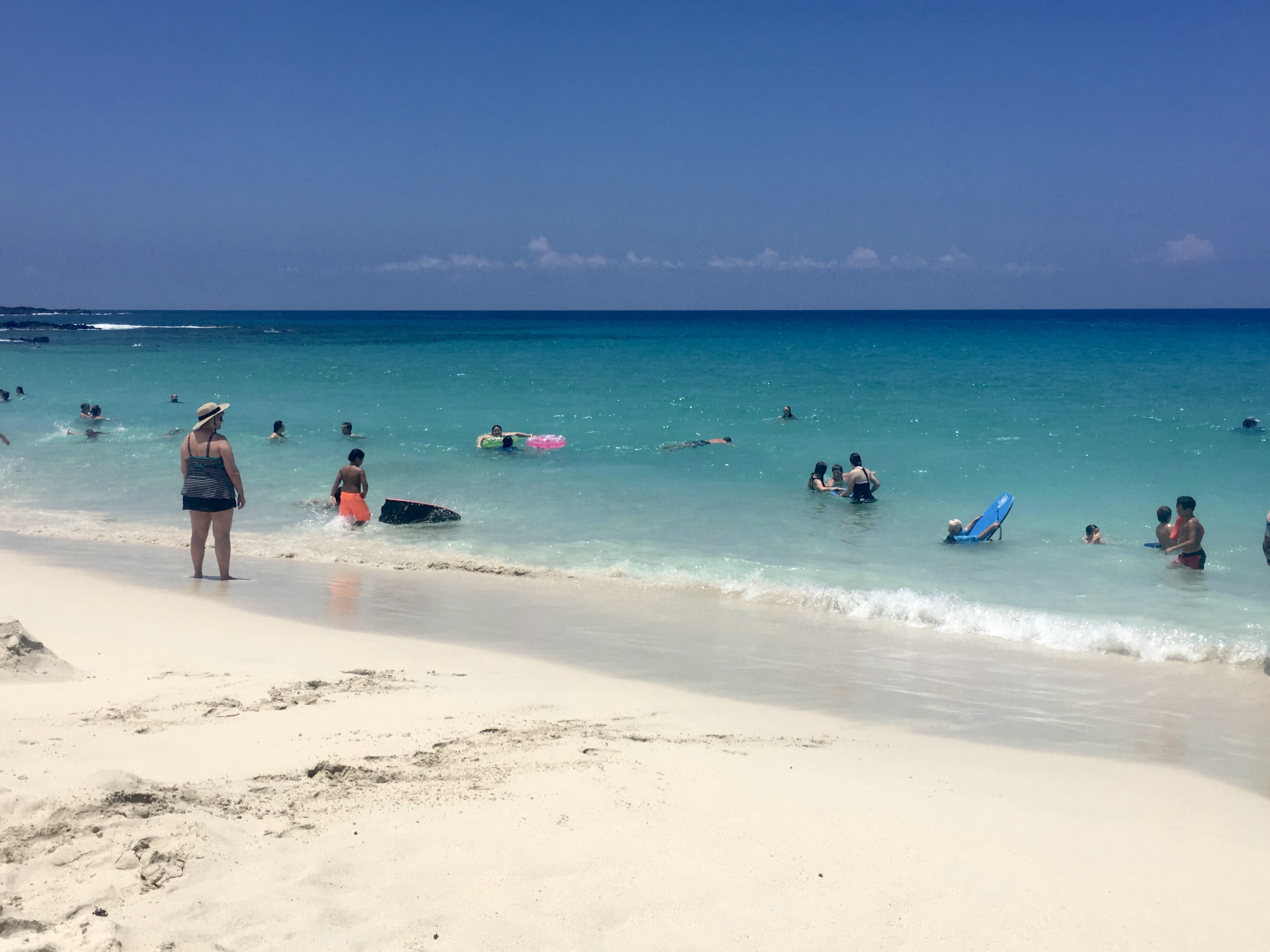
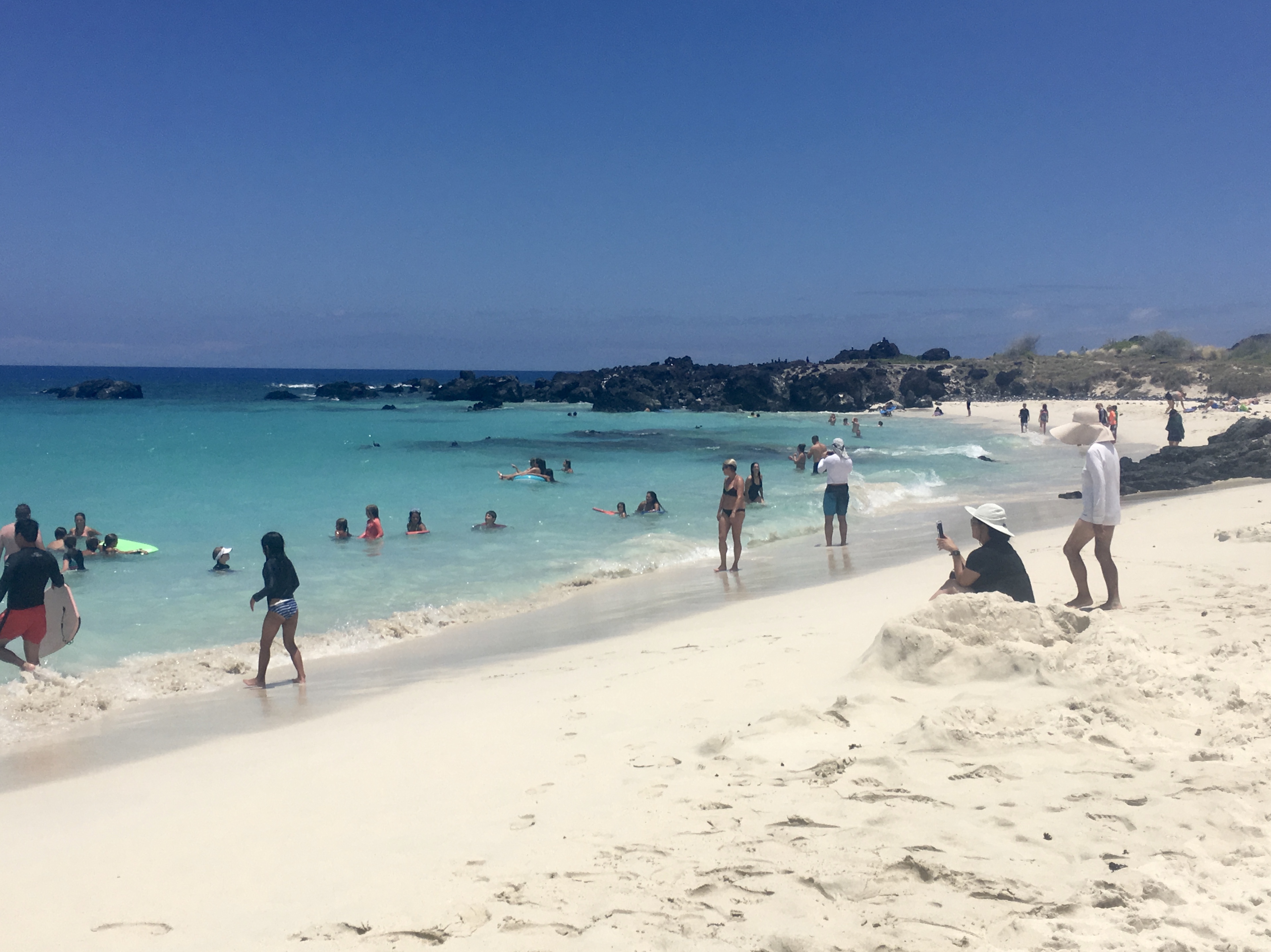
The Big Island is an amazing place to explore. It is filled with natural scenery, lush rainforests, and extraordinary beaches. The best way to experience the beauty of this island is to come to see it yourself. I hope we will be able to visit the Big Island of Hawaii soon after this pandemic is over. I’ll see you in my next post!

